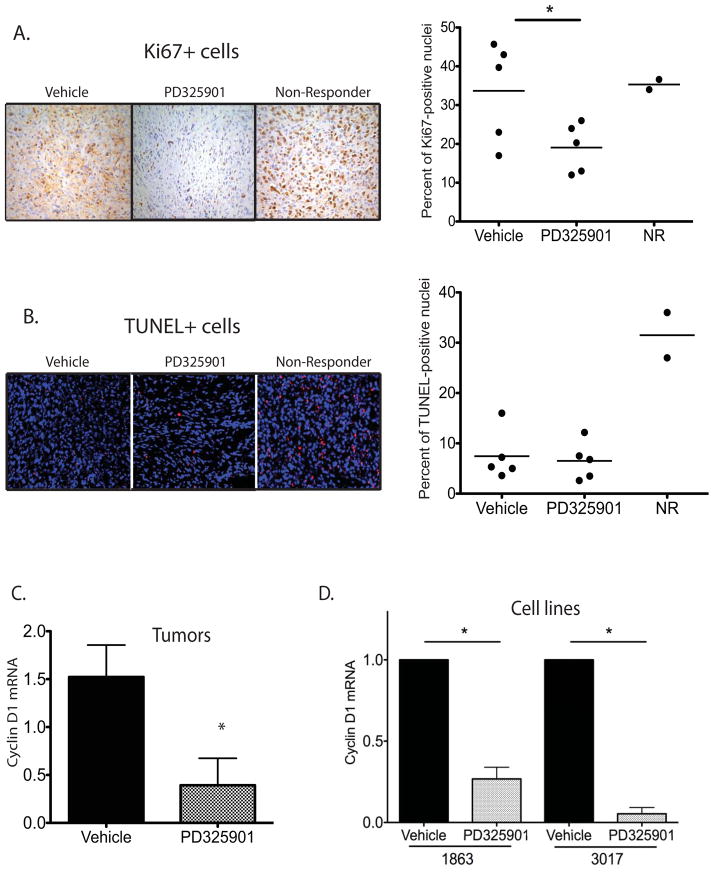Figure 4. NF1-deficient sarcomas respond to MEK inhibition by cytostatic mechanisms.
A) Ki67+ proliferative index is lower in tumors responding to PD325901 treatment than in vehicle-alone treated tumors (p<0.05). Tumors that did not respond to treatment (non-responders, NR) show Ki67+ levels similar to vehicle-alone treated tumors. Quantification represents the percentage of Ki67+ cells normalized to total nuclei per 40x field, with 6 fields counted per tumor. B) TUNEL staining determined that the number of apoptotic nuclei is not statistically different between vehicle-alone and PD325901-treated tumors. Tumors that did not respond to treatment (non-responders, NR) show an upregulation in TUNEL-positive cells. Quantification represents the percentage of TUNEL+ cells normalized to total nuclei per 40x field, with 6 fields counted per tumor. C) Quantitative RT-PCR demonstrates downregulation of cyclin D1 mRNA in NF1-deleted myogenic sarcomas responding to PD325901 treatment (n=4) in comparison to vehicle-alone treated tumors (n=4), (p<0.05). D) Quantitative RT-PCR demonstrates downregulation of cyclin D1 mRNA in sarcoma cell lines following a 4 hour treatment with 50nm PD325901 (p<0.05). Data represents an average of 4 independent experiments.

